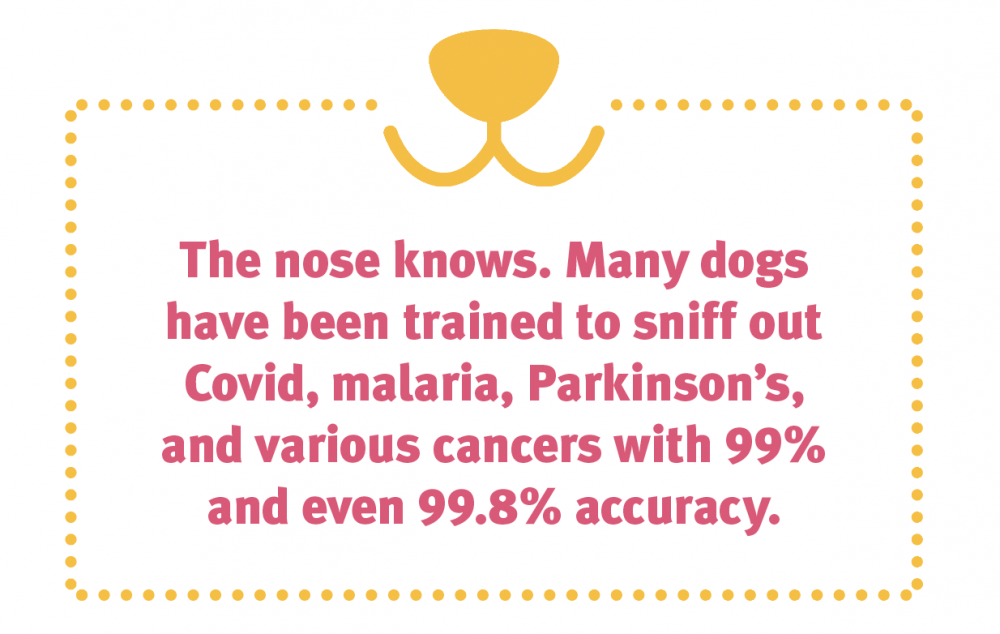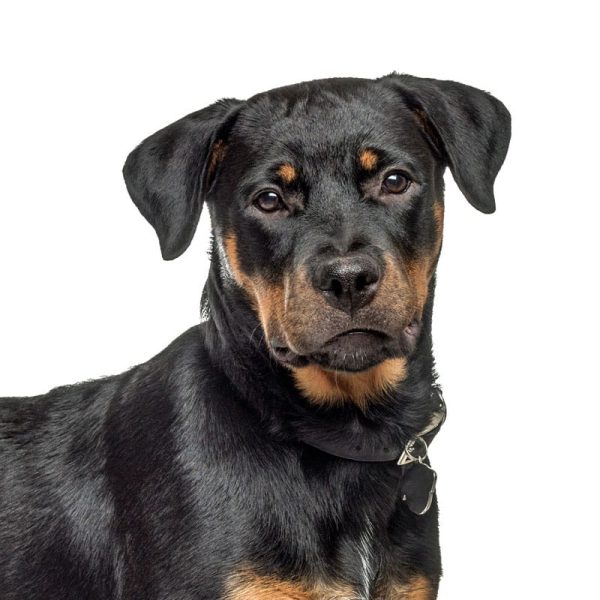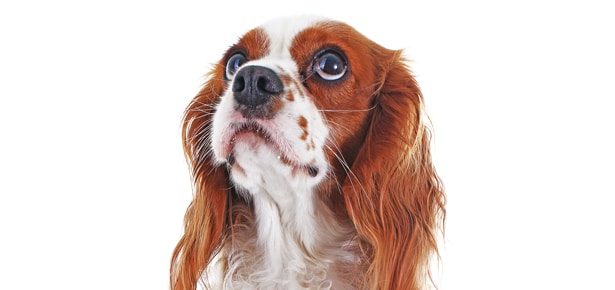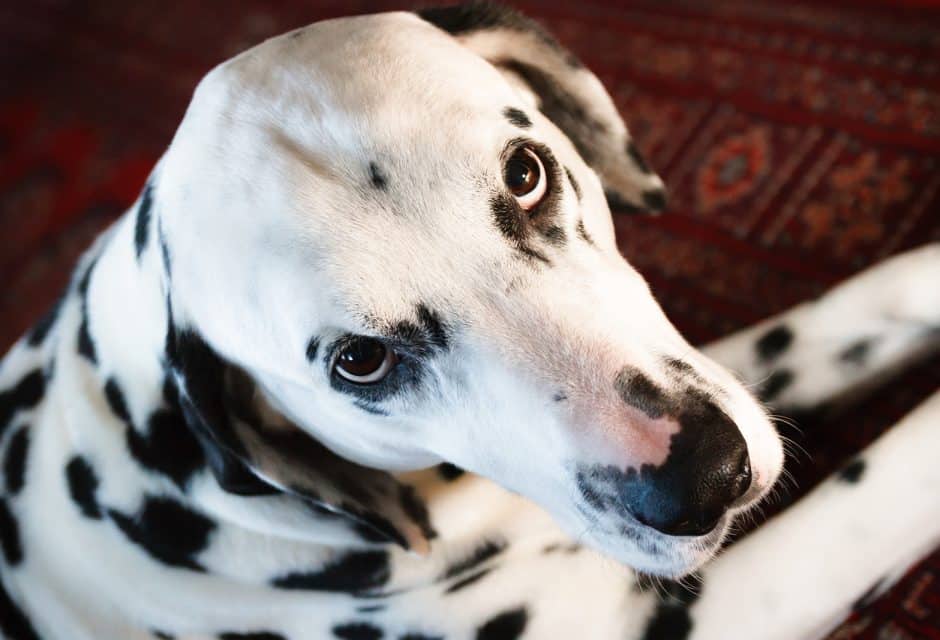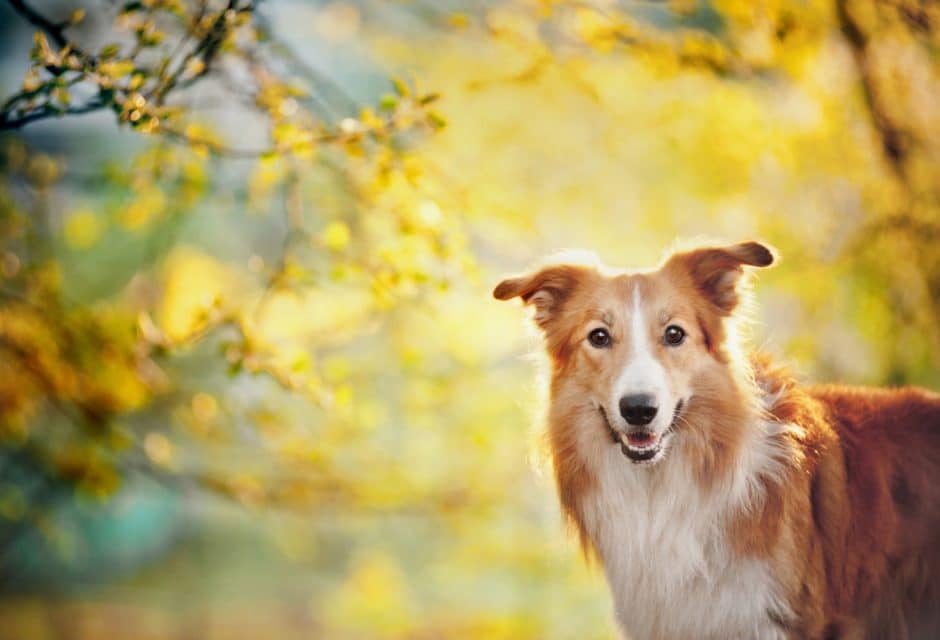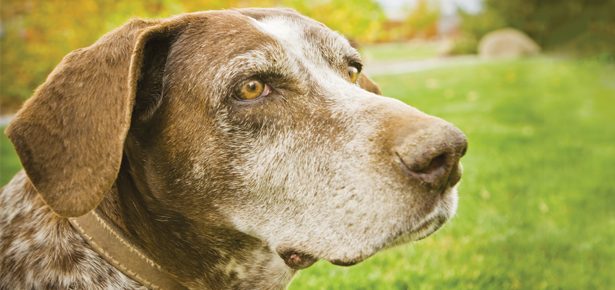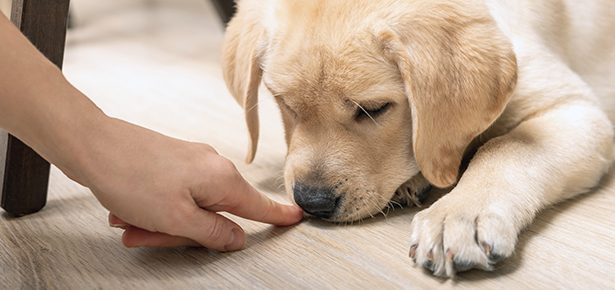

The Dogtor Will See You Now
Using their exquisitely sensitive noses, dogs can diagnose cancer, as well as diabetes, and the early signs of an epileptic seizure. Now, they’re teaching machines to do the same.
Dogs have an incredible ability to recognize the smell of a range of organic compounds showing the human body isn’t working as it should. Numerous studies have shown that trained dogs can detect many kinds of disease—including lung, breast, ovarian, bladder, and prostate cancers, and Covid. And they do so with incredible accuracy.
The idea of using dogs to detect cancers was first proposed for melanomas in 1989. Since then, the cancer-detecting skills of dogs has outshone machine-based odour analysis. In one 2015 study, disease-sniffing pups detected prostate cancer from urine samples with 98–99 percent accuracy.
Now, dogs are being used to teach machines to sniff out cancer. Despite the amazing aptitude dogs show for this sort of diagnostic work, they’re unlikely to become commonly used for routine diagnostics due to a shortage of trained disease-sniffing dogs. But they can be teachers.
Andreas Mershin, a research scientist at the MIT Center for Bits and Atoms, wants man’s best friend to teach machine learning algorithms to sniff out diseases. The idea of an electronic nose isn’t new, but so far, they’ve been unable to hold a candle to the accuracy of dogs. Mershin wants to change that by integrating canine olfaction with machine odour analysis.
Mershin told The Scientist that he was struck not only by dogs’ disease-sniffing abilities but by the fact that some pups, trained to detect a certain type of cancer, are able to detect other malignancies, despite low similarity in odours among various cancers. Some untrained pets have even detected cancer in their owners. “[Dogs] don’t go by the list of molecules…They go by the scent character, which means they somehow figure out the cancer essence,” says Mershin. “That blew my mind. No analytical tool to this day can do this because it’s looking at the list of ingredients. Knowing what something is made of isn’t the same as knowing what it smells of.”
There’s still a long way to go, but Mershin’s ultimate goal is to use dogs’ diagnoses of prostate cancer to inform a machine learning algorithm to one day detect cancers with canine-level accuracy—and he plans to put this technology in your pocket. Mershin’s eventual goal is to build electronic nose capability into smartphones. Now that’s something to bark about.
This article originally appeared in the award-winning Modern Dog magazine. Subscribe today!
Join the newsletter and never miss out on dog content again!
"*" indicates required fields
By clicking the arrow, you agree to our web Terms of Use and Privacy & Cookie Policy. Easy unsubscribe links are provided in every email.
